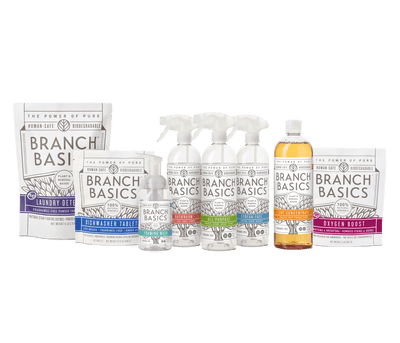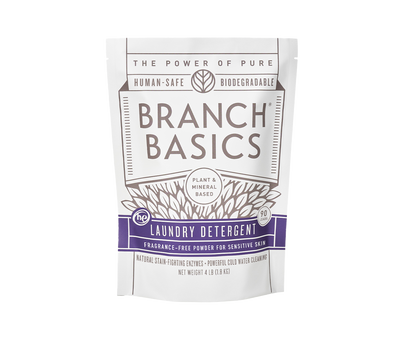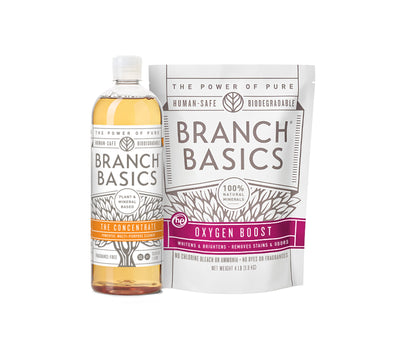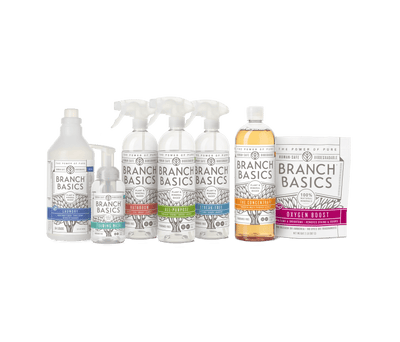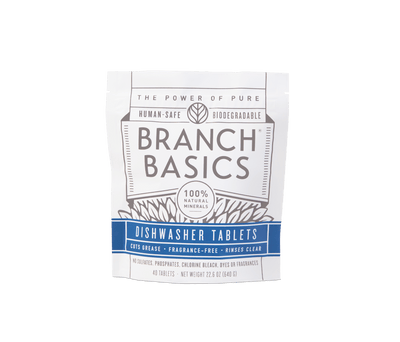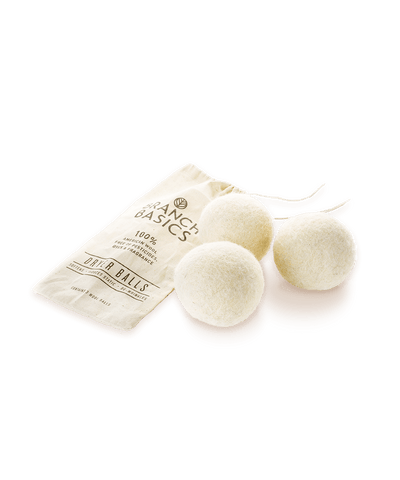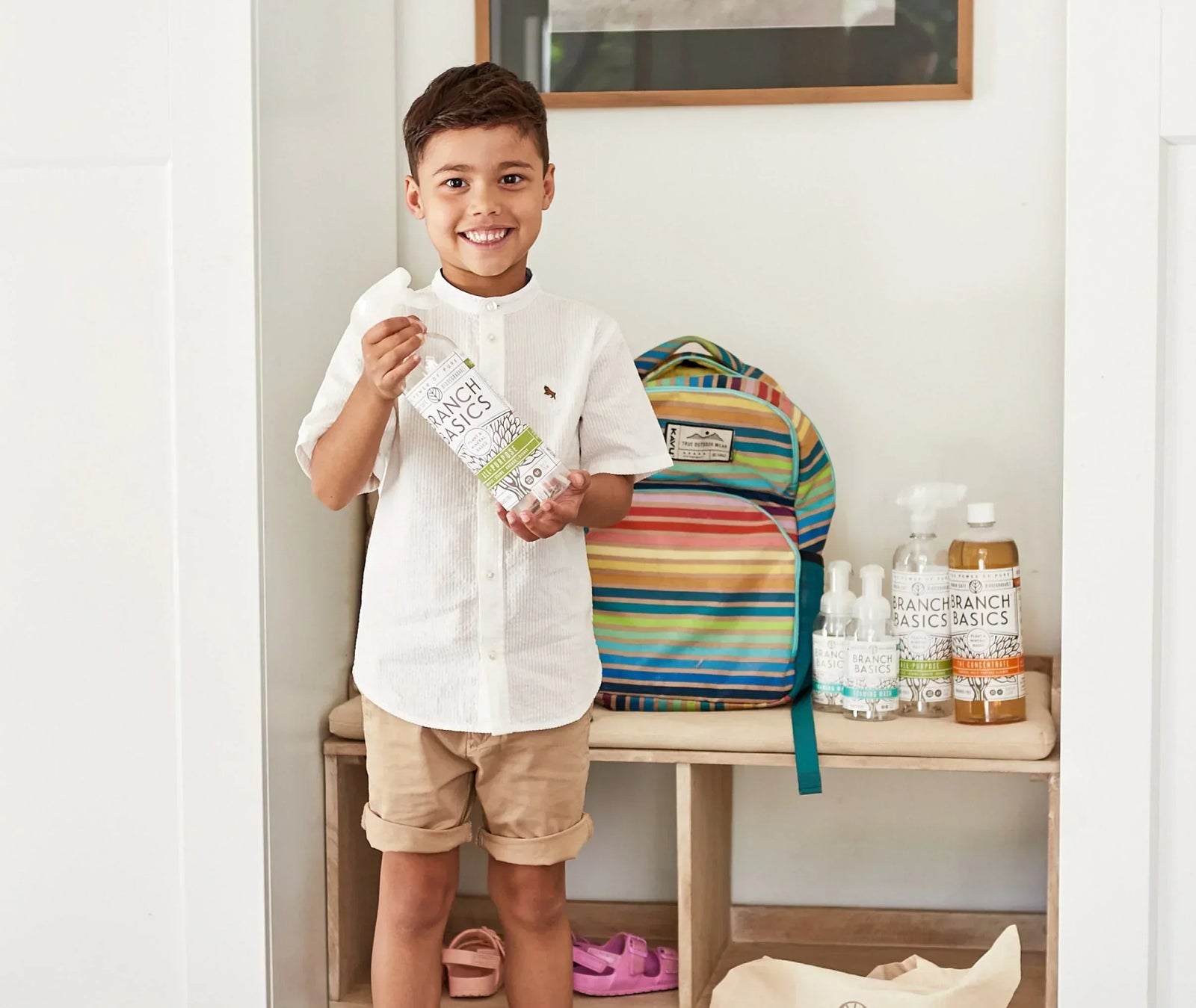Pregnancy Safe Skincare: Products to Use & Avoid
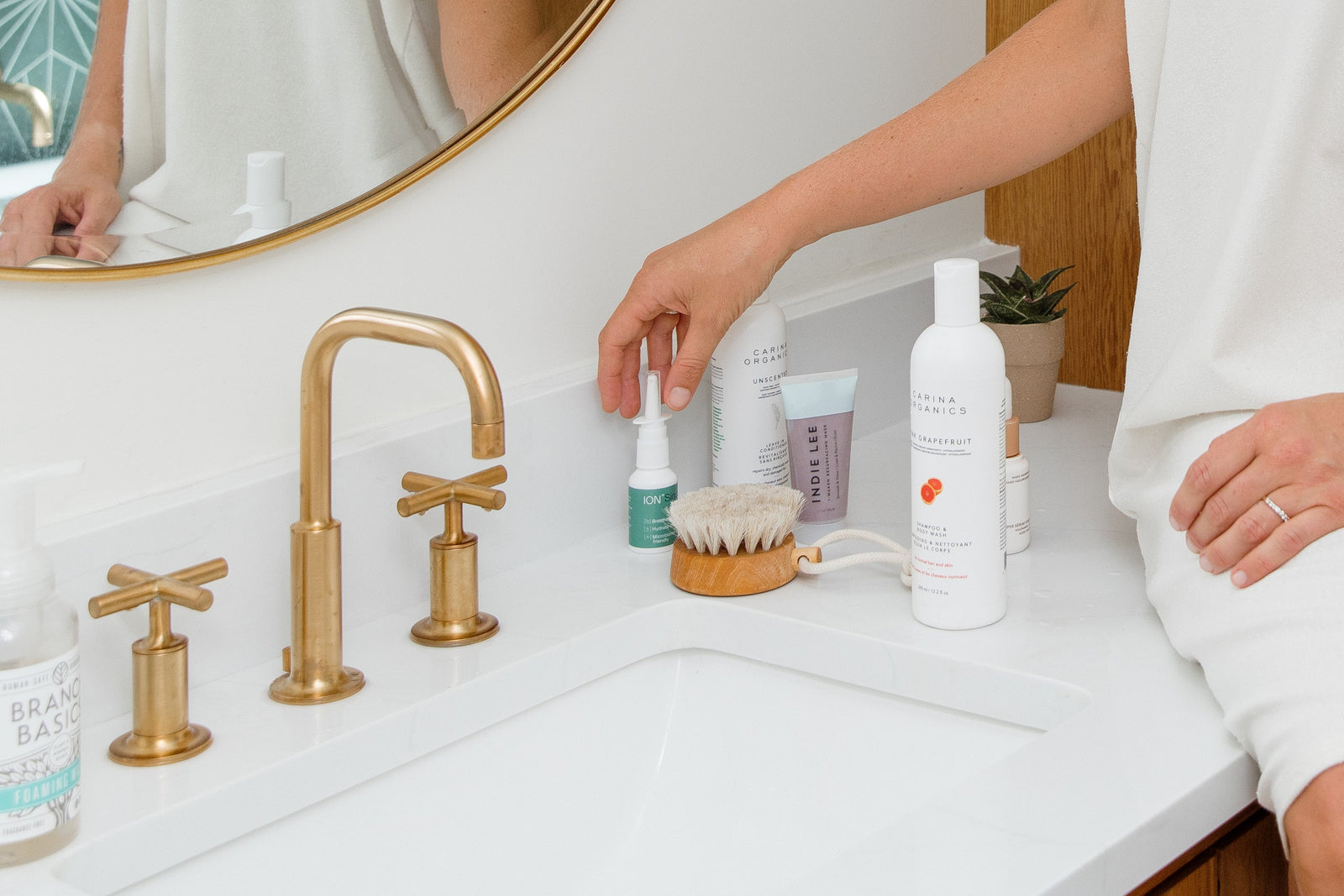
As health-conscious mamas, we know how exciting (and overwhelming!) it is to create the best conditions for a healthy pregnancy. From figuring the optimal pregnancy diet and prenatal to choosing the best birth team and setting up a non-toxic baby registry, modern mamas (and dadas) have a lot to think about.
Yet, few women are made aware of the importance of pregnancy-safe skin care and cosmetics. Now if you’re thinking: “Surely the FDA wouldn’t allow harmful ingredients in my favorite products in the first place…” Unfortunately, this is not the case.
In the US, the cosmetic, skin and personal care industries pretty much police themselves. The FDA or other regulatory bodies have little-to-no authority, and will only get involved if there’s a glaring and highly publicized safety issue, like lead found in cosmetics or face paint.
For example, of more than 10,000 chemicals used in cosmetics, only 11 have been banned or restricted by the FDA to date.2 This is in stark contrast to other countries, such as the EU, who have much stricter regulatory oversight into cosmetic and skin care ingredients.
And unless you’re seeing a progressive dermatologist, or an OB-GYN or midwife well-versed in skincare ingredients, chances are they are also unaware of the ingredient safety issues surrounding the skin and cosmetic industry.
Which means, it is up to us to become our own best advocates! And we’ve got you covered.
Our approach in this pregnancy-safe skin care guide, is to teach you the top ingredients to avoid (vs. products to avoid) so you’ll easily be able to spot them on labels. Plus, you’ll learn about some helpful and free apps that make this process fool-proof.
One final note: our intention in providing this information is that it be used as a general guide. Since everyone has different skin types, health concerns, and sensitivities always consult with your doctor/dermatologist for individual recommendations.
Common Skin Changes During Pregnancy
For some women, pregnancy enhances the health and appearance of their skin. Hence the saying: “you’ve got that pregnant glow”. For others it can bring out a whole new Pandora’s Box of skin issues.
Some of the most common skin changes during pregnancy include:
- Acne
- Clogged pores
- Excess sebum
- Hyperpigmentation
- Dryness
- Spider veins
- Broken capillaries
- Moles
- Skin tags
- Melasma, aka: “the mask of pregnancy,” which causes discoloration of the skin on your face
- Inflammatory skin issues
- Stretch marks (in obvious and not-so-obvious places)
- And that weird dark line that runs from your sternum to your abdomen
- Darkening of the skin under your arms
Not everyone will experience all or any of these issues. And they may occur with one pregnancy and not the next. However, if you start having skin troubles talk to your doctor about it. Most times, they resolve on their own as the pregnancy progresses or after the baby is born.
Skin Care Ingredients to Avoid During Pregnancy

There are over 10,000 ingredients that go into different skin, body, hair care and cosmetic products.
Fortunately, you don’t have to memorize them all!
Here are the main ingredients and categories of skin care ingredients to watch out for during pregnancy and beyond.
Retinols
We mentioned this in the introduction, but given the prevalence of synthetic retinoids in skin care and their potential to cause trouble, we felt it was worth repeating.
Oral and topical retinols such as isotretinoin, tretinoin, adapalene, and tazarotene are concentrated forms of synthetic vitamin A found in many types of anti-aging and acne-fighting skin care products. Accutane, for example, contains a high level of retinoids.
They’re popular because they’re effective at speeding skin cell turnover which reduces breakouts and smooths out fine lines and wrinkles. However, excess levels of retinol have been linked with birth defects. So these are off-limits during pregnancy and breastfeeding.
Salicylic Acid
Salicylic acid is a naturally-occurring compound found in fruits, vegetables, birch or white willow bark. Its anti-bacterial, anti-inflammatory, and exfoliating effects make it effective for clogged pores, blackheads, and acne.
Its use during pregnancy is a bit controversial. Evidence suggests that small amounts should be safe, but that concentrated amounts can cause problems. Based on our understanding about how different people detoxify at different levels of efficiency, we wouldn’t chance it.
Plus, even though it comes from a natural source like white willow bark, it undergoes a chemical extraction and refinement process that isolates and concentrates the salicylic acid.
Based on all this our vote is: skip the salicylic acid.
Parabens and Phthalates
Parabens and phthalates are different chemicals with one very important thing in common: they’re both proven endocrine-disruptors.
This spells bad news for mother and baby, as endocrine disruptors wreak havoc on your hormonal balance. Which animal studies have shown can result in a variety of fertility and reproductive issues.
They’ve also been associated with weight development issues in the fetus and an increased risk of diabetes that can persist into childhood.
Further, there is evidence that parabens can be especially harmful to developing infant boys’ hormonal systems and proper genital development.
For these, and many other reasons, isopropylparaben and isobutylparaben, dibutyl phthalate and diethylhexyl phthalate have been banned in the EU. Even some American companies, such as CVS, have banned them in their stores and products.
Parabens are easy to spot on labels because they have “paraben” in the name. However, phthalates are harder to identify because they’re contained in “fragrances”.
As we’ve discussed at length in previous articles, companies are not required to disclose the potentially hundreds of harmful ingredients contained in their patented “fragrance” label.
Thus, it’s best to avoid any product that lists “fragrance” or “parfum” on the labels—natural, organic, or synthetic.
You can learn more about phthalates in: All About Phthalates: And Why You Should Avoid Them.
Hydroquinone
Hydroquinone is a synthetic skin lightening agent. And if you’re suffering from dark spots or Melasma (“the mask of pregnancy”) it can be tempting to try.
However, since animal reproductive studies have resulted in adverse effects for the fetus, it is generally not recommended during pregnancy or breastfeeding.
PFASs
Per the Environmental Working Group (EWG) these fluorinated “forever” chemicals are all too common in cosmetics and skin care.
Not to mention (but I will) cookware, period panties and other feminine care products, outdoor wear and gear, dental floss, and many other non-stick, easy-care, water-proof, water-resistant, and moisture-wicking products. We have a full list for you here.
They’re also found in plastics, which can leach into your skincare products increasing exposure.
Regular exposure to PFASs is a concern for everyone because they are so common, they’ve been shown to absorb through skin similar to ingestion, they bioaccumulate in the body, and are extremely difficult to detoxify.
They’ve also been linked to cancer, thyroid disease (which affects pregnancy and fertility), immune compromise, pregnancy-induced hypertension and birth defects.
Many types of PFASs have been banned in the EU and other countries. To avoid them in your skin care products, look for the ingredient PTFE, or any ingredient that contains “perfluor” or “polyfluor” in the word.
Bonus tip: Beware of period panties postpartum…or any time.
Despite their convenience and popularity, some brands have been found to contain PFASs within their organic cotton, third-party-tested STANDARD 100 by OEKO-TEX fabrics. Which is not what you want on your most delicate skin, especially when trying to heal from birth.
You can find safer options for postpartum bleeding (reusable pads) and period care in: Feminine Care 101: Toss The Toxins For A Happier, Healthier Period.
Fragrance
We’ve already discussed the issue of phthalates in fragrance and how deceptive labeling is, but we want to really re-emphasize how toxic synthetic fragrance is.
Beyond phthalates, fragrances can be made up of thousands of untested chemicals that affect our bodies and our babies’ developing bodies, in ways known and unknown.
These include VOCs (volatile organic compounds) and SVOCs such as benzene derivatives, aldehydes, ketones, alcohol denaturants, and other known toxins associated with a variety of adverse health effects, including birth defects.
Get tips on choosing the safest and most effective natural, fragrance-free skin care products, and a list of our own in Our Favorite Fragrance-Free Skin Care Products.
Essential Oils
We recommend avoiding essential oils during the first trimester.
Then during the second and third trimester only use certain oils recommended by your birth care provider or a skilled aromatherapist.
That’s because oils like clary sage, rosemary, mugwort, sage, and wintergreen can cause things like premature contractions or hormonal shifts.
Bonus tip: Since pregnancy can change how your skin reacts to things, always dilute essential oils in a carrier oil before applying topically.
Additional Resources
We wanted to highlight these toxic red flags for pregnancy.
We recommend further scanning of product ingredients through the use of EWG Skin Deep. We recommend that products kept in the home should have all ingredients rated a 1 or 2 on EWG Skin Deep.
Simply, go to EWG Skin Deep’s website and search the ingredients. The ingredients are rated 1-10 with 1 being the safest to 10 being the most toxic. Toss all products with any ingredient rated 3 or more.
Hint: To save time, start with the last ingredient on the list. Typically you will find preservatives here and you may only have to look at one ingredient to find a 3 or above rating. Once you find an ingredient rated 3 or more, look no more and “toss that product”.
Pregnancy Safe Skincare Products for Your Daily Routine

Now that you know what to avoid, let’s talk about a pregnancy-safe skin care routine.
Here’s what to use that’s safe, non-toxic, and natural in place of the ingredients to avoid.
Mineral-Based Sunscreens
Use the EWG’s SkinDeep or the ThinkDirty app to look up non-toxic mineral sunscreen options.
Be sure to filter by “facial sunscreens” as some zinc-oxide-based brands formulated for body care can leave a white film on your skin.
Natural Exfoliants
Instead of salicylic acid or benzoyl peroxide, look for products that naturally and gently exfoliate, purify, and nourish the skin. These include natural fruit acids from whole fruits, gentle sugar or nut-hull scrubs, or facial cleansing brushes.
Natural clay masks are also wonderful for acne and decongesting pores. Wellness Mama has some great DIY recipes here. We also love oil cleansing, which uses natural oils like hazelnut, jojoba, or castor oil to cleanse and detoxify your skin and unclog your pores.
You can purchase facial cleansing oils pre-made (fragrance-free please!) or do a DIY custom blend.
Check out more tips from a pro in Primally Pure's Holistic Esthetician Shares 4 Tips to Combat Adult Acne.
Skin Friendly Diet Changes
You may also find it helpful to increase consumption of leafy green vegetables, green drinks, drink more water, increase intake of healthy fats, drink bone broths, and avoid common acne-triggers like chocolate, dairy (just be sure you’re getting enough calcium!), bad fats, refined sugar, and processed foods.
Anti-Aging and Wrinkles
Look for all-natural products that do not contain retinoids.
Some of our favorite natural anti-aging ingredients include: turmeric, jojoba, pomegranate oil, emu oil, natural Vitamin C, and Vitamin E.
Dry Skin and Stretch Marks
Dry skin is often a sign that you need to drink more water or get more essential fatty acids in your diet.
When it comes to skin care, look for natural products formulated with ingredients like vitamin e, oatmeal, jojoba, borage, aloe vera, or avocado for dry or combination skin.
Or, you can just use natural oils like jojoba, almond, walnut, or sunflower directly on your face (how easy is that?). Just be sure to avoid comedogenic oils, like coconut, flaxseed, cocoa butter, or wheat germ oil that can clog pores.
For stretch marks, the best prevention is a healthy, super nutrient-dense diet that supports skin elasticity combined with regular moisturizing.
That said, we’ve had great success and heard of great successes from others who used the following:
- Cocoa butter
- Shea butter
- Emu oil
- Sesame oil
- Vitamin E
- Argan oil
- Pomegranate oil
- Earth Mama Belly Oil
Honestly, there’s no guaranteed magic bullet. But if you’re going to moisturize your body anyway, why not try one of these oils?
Interested In More Pregnancy Tips?
Learning and sharing about non-toxic, natural, clean beauty care is a passion of ours. So is preconception health, pregnancy, birth, postpartum healing and all things about raising healthier families!
For more tips and advice on natural and pregnancy-safe skin care, including our go-to brands, check out:
- How to Navigate Personal Care Products: Ingredients To Use & Avoid
- Our Favorite Fragrance-Free Skin Care Products
- Our Favorite Non-Toxic Personal Care Products (includes shampoos, deodorant, body washes, etc.)
- Healing Skin Issues Holistically
- What You Should Know About Vitamin D, Sunscreen, And Healthy Skin Protection
- Allison’s Non-Toxic Skincare and Beauty Routine
For more information on healthy birthing, home births, non-toxic baby care/baby registry, preconception health, and more, check out:
Categories

Marilee Nelson
Marilee Nelson is an Environmental Toxins expert who has spent nearly 30 years advocating for the chemically-sensitive and chronically-ill. She is a Board Certified Nutritionist, Certified Bau-Biologist and Bau-Biology Inspector and specializes in Food As Medicine. She has helped thousands of families and individuals identify, heal and recover from toxic exposures and is on a mission to revolutionize the way American families view their health.
